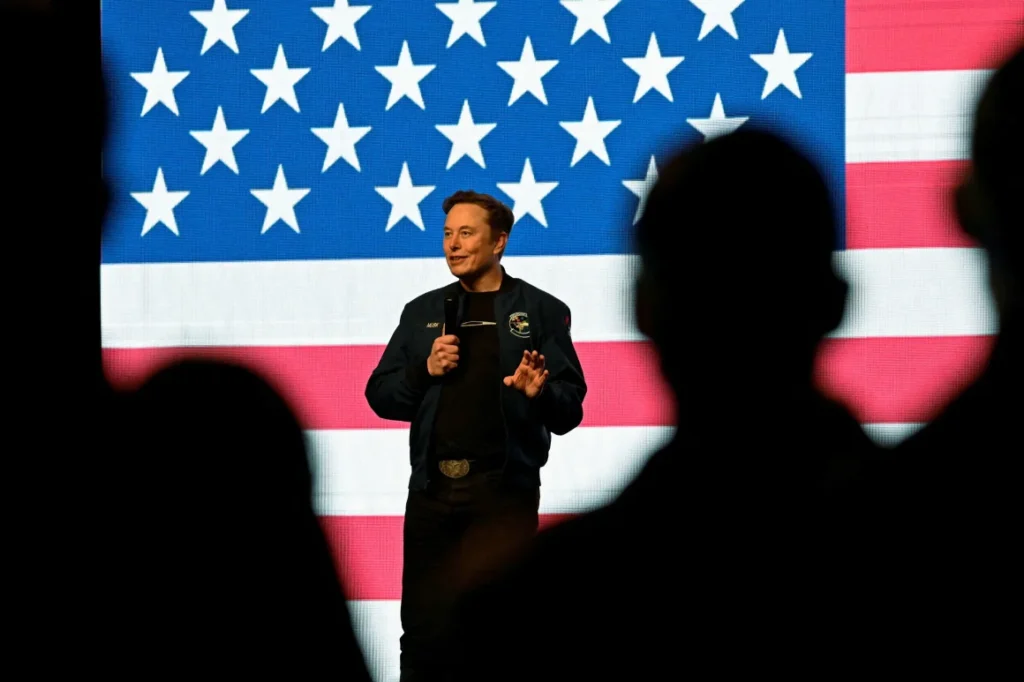

Elon Musk’s Role in DOGE: Fading Influence, Lasting Impact
Elon Musk’s role in DOGE may be fading, but the Department of Government Efficiency (DOGE), his brainchild, is still reshaping the U.S. government.
From Silicon Valley to Washington: Musk’s Government Experiment
Elon Musk’s entrance into the Trump White House sparked rapid transformation. His initiative, the Department of Government Efficiency, quickly infiltrated federal agencies. DOGE slashed budgets, forced layoffs, and pushed for widespread tech overhauls in just four months. Though Musk is stepping back, his team and policies remain entrenched in government.
DOGE’s Quiet Expansion Across Government Agencies
DOGE has embedded itself deeply. It hired engineers, advisers, and executives from Musk’s companies and placed them in top roles across key federal departments. Many work under special titles like “special government employees” or short-term contracts, allowing flexibility while avoiding scrutiny.
A Justice Department attorney described DOGE’s role as “pervasive.” Despite pushback from Cabinet secretaries like Marco Rubio and Scott Bessent, DOGE’s influence continues — and may even grow with Musk out of the spotlight.
Staff Still in Power After Musk’s Exit
Although Musk has returned focus to Tesla, he said he would still dedicate one to two days a week to DOGE. Congressional allies insist his departure won’t slow the project. DOGE officials now hold executive positions across critical federal programs like Social Security, IRS, and Medicare.
DOGE is working on projects to streamline databases, detect fraud, and reduce redundant payments. Some of these efforts have been challenged in court, especially around data privacy and legal authority. Yet the administration seeks to expand these projects further.
Social Security: A Case Study in DOGE Control
At the Social Security Administration (SSA), DOGE operatives hold key leadership roles. They include hedge fund founder Scott Coulter and investor Antonio Gracias, both close Musk allies. Their focus is on fraud detection and payment audits, such as confirming whether recipients are still alive.
The “Are You Alive?” project and “Death Data Clean Up” are examples of these initiatives. Though courts have temporarily blocked access to some data, the administration is appealing to the Supreme Court.
Tensions Inside Federal Agencies
Career employees describe DOGE as secretive and uncollaborative. In some departments, DOGE staff isolate themselves, avoid communication, and bypass traditional processes. Tensions are rising as DOGE plans deeper workforce cuts and reorganizations.
Agencies submitted “Phase 2” plans to OMB and OPM in April. These outline large-scale layoffs to be implemented by September 2025, pending legal approval. Democrats are demanding transparency and challenging the legality of the program.
Musk’s Political Fallout and Democratic Strategy
Democrats initially made Elon Musk the face of DOGE. They used his name in campaigns and posters, calling him Trump’s “co-president.” As Musk’s role shrinks, the messaging is shifting to focus on the harm caused by DOGE policies — like grant cuts and federal layoffs — rather than Musk himself.
However, many lawmakers argue that Musk’s influence remains strong, even unofficially. Alexandria Ocasio-Cortez and others believe he is stepping back to avoid public disclosures, not to relinquish power.
Conclusion: A Legacy That Outlasts the Creator
Even without Elon Musk in the spotlight, DOGE continues to reshape the federal government. Its tech-driven approach, massive layoffs, and controversial data use are now embedded in the system. Whether viewed as disruptive innovation or harmful overreach, Musk’s legacy through DOGE is far from over.






